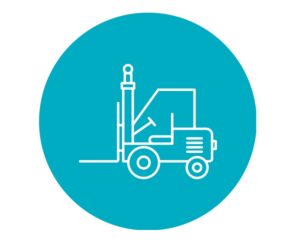Lift Truck Handling: Key Techniques for Efficiency
Efficient lift truck handling is vital for maintaining productivity and safety in any industrial or warehouse environment. By mastering key techniques, operators can ensure smooth operations and minimize risks. Here’s a guide to achieving efficiency in lift truck handling.
Comprehensive Training
Effective lift truck handling begins with thorough training. Operators should undergo certified training programs that cover the basics of lift truck operation, safety protocols, and emergency procedures. Regular refresher courses help keep operators updated on the latest best practices and technologies.
 Forklift | China Manufacturer Trade Price on Materials Handling lift Truck, Stackers, Industrial vehicles, Scrubbers, Transporters brands Sale Price Buy Online | Forklift
Forklift | China Manufacturer Trade Price on Materials Handling lift Truck, Stackers, Industrial vehicles, Scrubbers, Transporters brands Sale Price Buy Online | ForkliftPre-Operational Inspections
Conducting pre-operational checks is essential to ensure the lift truck is in good working condition:
Check Fluid Levels: Inspect hydraulic, engine oil, and coolant levels.
Inspect Tires: Look for wear and ensure proper inflation.
Test Controls and Brakes: Verify that all controls and brakes are functioning correctly.
Check Lights and Horns: Ensure all safety lights and horns are operational.
Identifying and addressing potential issues before operation can prevent accidents and maintain efficiency.
Load Management
Proper load management is crucial for efficient lift truck handling:
Assess the Load: Determine the weight, size, and stability of the load. Never exceed the lift truck’s capacity.
Secure the Load: Use appropriate securing methods to prevent the load from shifting during transport.
Position the Load Correctly: Place the load as close to the mast as possible to maintain balance.
Travel with the Load Low: Keep the load low to the ground while moving to ensure stability.
Safe Operating Practices
Adopting safe operating practices enhances both efficiency and safety:
Maintain Clear Visibility: Ensure the load does not obstruct the operator’s view. Use mirrors and spotters if necessary.
Control Speed: Operate the lift truck at a safe speed, especially in high-traffic areas and around corners.
Smooth Movements: Avoid sudden starts, stops, and turns to prevent tipping or losing control.
Use Seat Belts: Always wear seat belts to stay secure in the operator’s seat.
Handling Specific Scenarios
Certain situations require specific handling techniques:
Inclines and Ramps: Approach inclines and ramps slowly. Always keep the load uphill to maintain balance.
Tight Spaces: Maneuver carefully in tight spaces, using slow and controlled movements.
Loading and Unloading: Align the forks with the pallet carefully, and tilt the mast back slightly before lifting.
Regular Maintenance
Regular maintenance is key to ensuring lift trucks operate efficiently:
Scheduled Servicing: Follow the manufacturer’s recommended maintenance schedule.
Daily Checks: Perform daily checks to identify and address minor issues before they become major problems.
Component Inspections: Regularly inspect and replace worn parts such as tires, forks, and lift chains.
Conclusion
By mastering these key techniques, operators can enhance the efficiency and safety of lift truck handling. Comprehensive training, regular inspections, proper load management, and adherence to safe operating practices are essential components of effective lift truck operation. Regular maintenance ensures the equipment remains in top condition, minimizing downtime and boosting productivity.